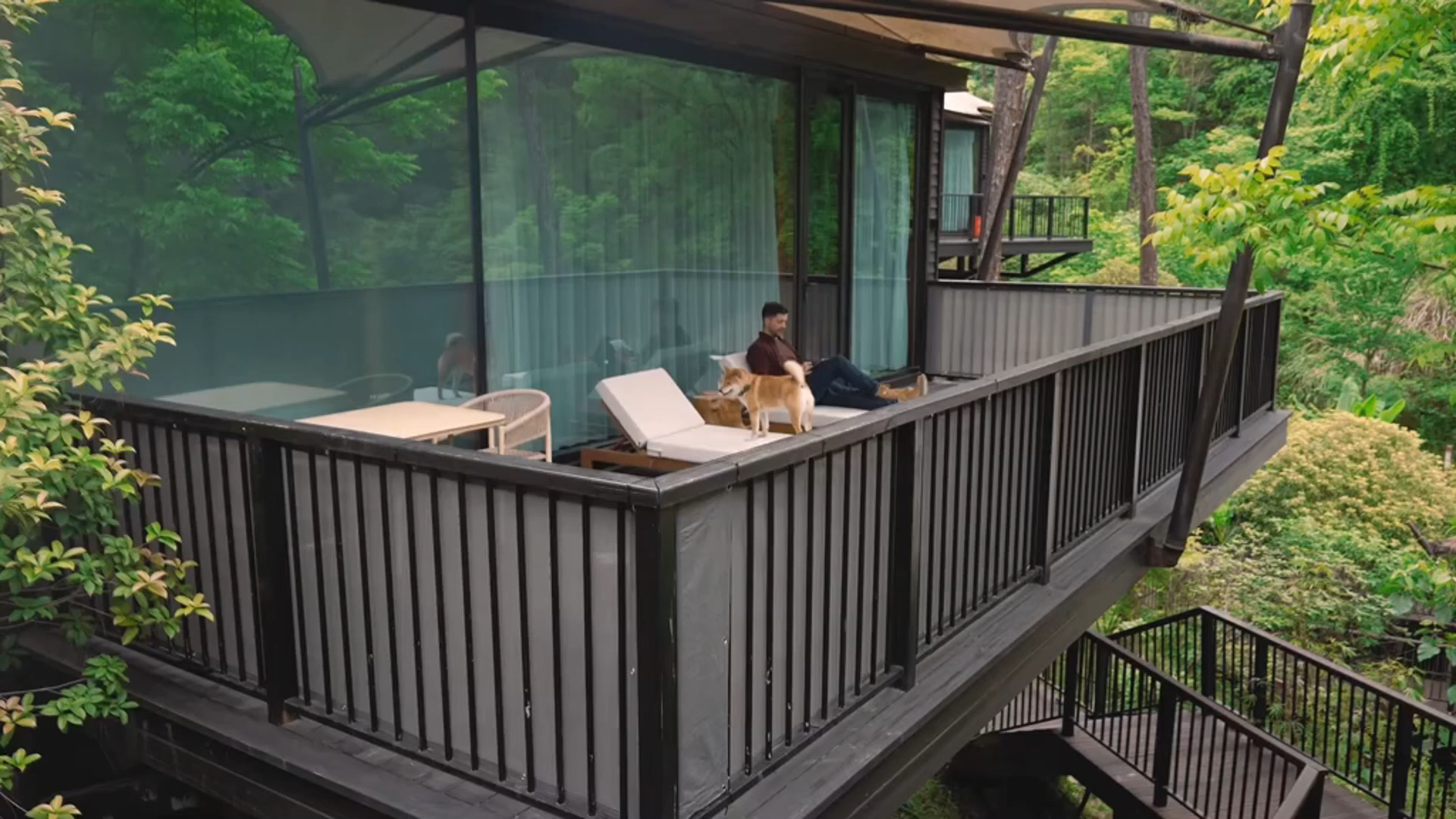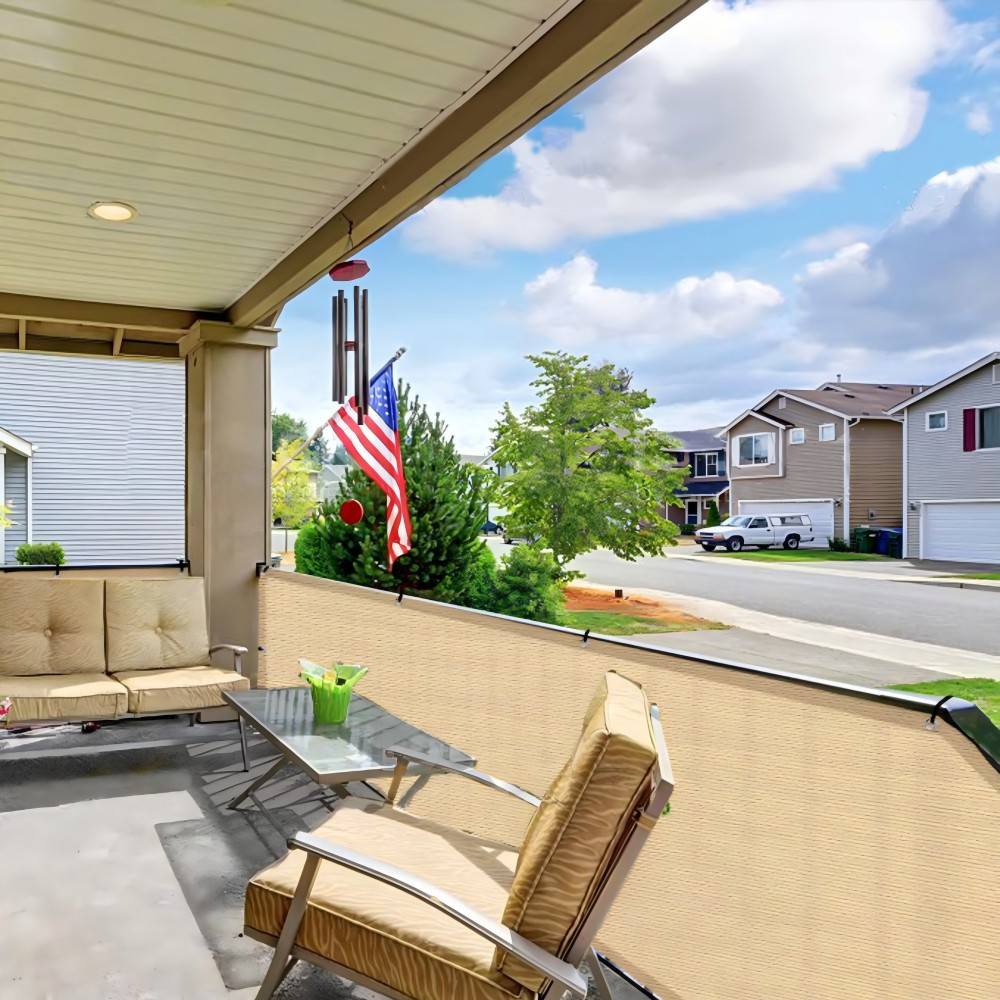The more excellent a product is, the more we pay attention to its available cycles because we want to get their service for a longer time. This heightened concern is especially true for shade sails, as their lifespan is significantly influenced by how well they are maintained. Through proper usage and fitting maintenance, the service life of shade sails can be maximized.
Let's delve into the key practices that can help extend the usability of shade sails.
Proper Installation
Ensuring the correct installation is the foundation for guaranteeing the extended lifespan of shade sails. A properly installed shade sail should last a minimum of five years or more. Conversely, improper usage can quickly diminish the value of the product.
Choose the Right Installation Height and Location
Before installation, ensure that the support structure can withstand the load imposed by the shade sail, ensuring its stable operation. Additionally, strategic placement and height selection can mitigate the impact of strong winds and intense sunlight, indirectly extending the lifespan of the shade sail.
Determine the Correct Installation Angle
Mechanical failures often occur due to inappropriate angles leading to water accumulation. While various types and sizes of shade sails exist, fundamental installation principles remain.
For instance, triangular shade sails should have slightly different heights at their three apexes to create a slight tilt, while rectangular sails should ensure varying heights at the two pairs of corners. Irregular quadrilateral and polygonal shade sails should keep the anchor height increasing or decreasing side by side.
The key is to prevent water pooling, And this installation angle is also conducive to wind protection.
Use Professional Materials
Opt for high-strength materials for both the shade sail and its accessories, such as HDPE and polyester fiber with appropriate weight, stainless steel screws and fasteners, and aluminum or copper locking rings. Multiple-stitching weaving techniques further enhance durability. Only a solid foundation can build a strong castle.
Additionally, installation techniques are crucial. If you are a novice, strictly adhere to the installation instructions, supplemented by comprehensive installation videos and visuals for reference.
Appropriate Usage
It is one thing to complete the installation correctly, but it is another thing to use it reasonably during the long usability period. Have you ever encountered issues like wrinkling at the edges, a shift in the center of gravity, edge abrasion, or localized sagging?
Obviously, when using a shade sail, it should neither be too loose nor too tight.
Avoid Overstretching: Over time, external forces can cause changes in the shade sail. Adjust tension appropriately to maintain stability and balance rather than overstretching, which could lead to a shift in the center of gravity.
Prevent Friction and Damage: Achieving full coverage in outdoor spaces is often a pursuit of perfection. There should be a foot of space between multiple shade sails to avoid friction when the wind pulls them. If your structure has sharp and intricate components, ensure they are at a distance from the shade sail to prevent damage.
Steer Clear of Extreme Weather: While you might want your shade sail to operate year-round, it's crucial to consider your local climate. If winter brings heavy snowfall, properly store your shade sail. This action alone can potentially add several years to its lifespan.
Effective Cleaning and Maintenance
While shade sails generally require minimal maintenance, dedicating some time and effort to upkeep is essential for prolonging their service life.
Annual Inspection: Once a year, on a clear day, remove the shade sail and inspect its condition. Look for signs of damage, mold, fading, or brittleness.
Gentle Cleaning: Prepare a solution of soapy water or a mild detergent; avoid strong cleaners or harsh chemicals. Depending on the size of your shade sail, use a soft brush or mop to scrub it, then let it sit for 15 minutes. For stubborn stains, use a sponge and a soft brush for repeated scrubbing.
Rinse and Air Dry: After cleaning, rinse the shade sail with a hose until the water runs clear and bubble-free. Allow it to air dry.
Please note
If you have multiple shade sails in different locations, adjust the maintenance schedule slightly. Different positions and angles subject shade sails to varying pressures and erosions, so adapt the order, dates, and frequency of maintenance accordingly. Keep notes if needed.
If your shade sail develops small-scale holes and damage, attempt repairs using needle and thread. However, if the tension cannot be balanced, consider replacing the shade sail promptly.
Want more details on shade sail options? Click here to help you avoid misunderstandings.
Properly Stored
The cleaning and maintenance work is best performed on a mild winter day, allowing for direct storage after air drying, anticipating activation the following year. To prevent canvas mold, use vacuum bags for storage and remove the air.
In conclusion, by following these guidelines for installation, usage, cleaning, and maintenance, you can significantly extend the service life of your shade sails. Regular care ensures that your investment in quality products continues to provide effective and reliable services for years to come. Happy shading!





